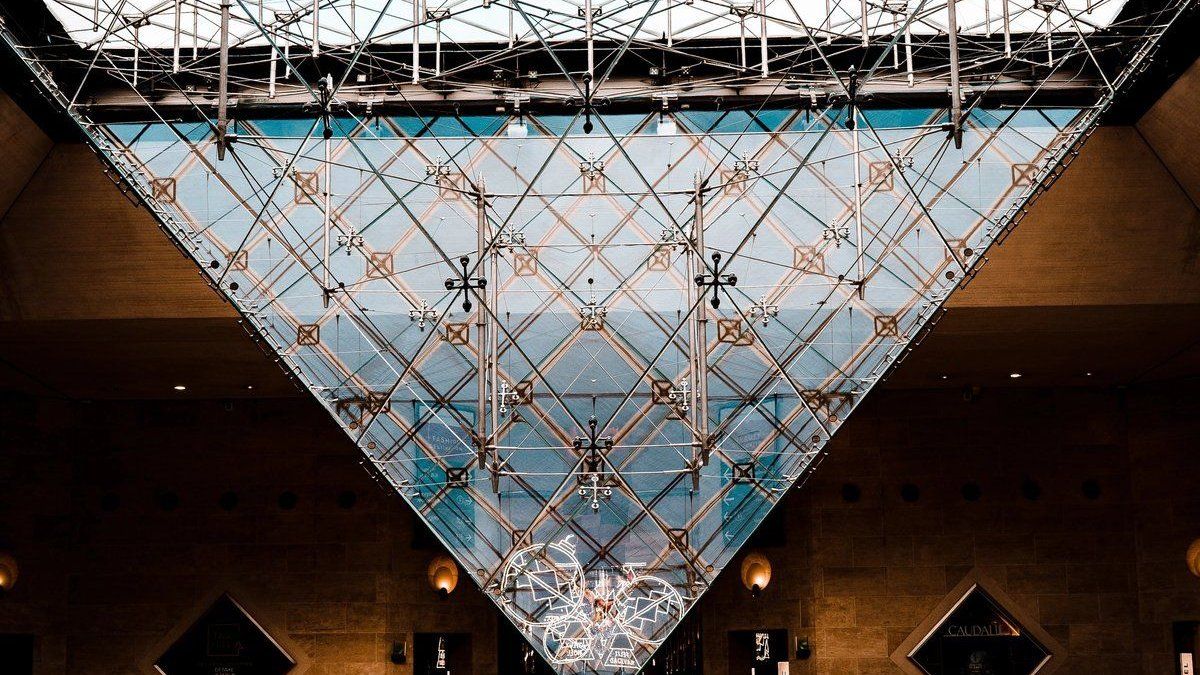The choice of Sotheby’s is not accidental: it is one of the most important auction houses in the world that since 1997 has had a restitution department whose mission is to help the current owners to investigate the history of the works and find possible solutions. with the legitimate owners.
On this occasion, the agreement offers “an exceptional sponsorship for three years” as anticipated by the museum, which also highlights the “commitment” of the auction house “the first” to have “a department dedicated to the investigation of provenance and the restitution “.
The agreement contributes to the financing of research that gives rise to “restitutions” from “digitization, organization of seminars, study days and publications,” the Louvre said in a statement.
Less than a week ago, the French Parliament approved a bill to restore 15 works of art to Jewish families looted during Nazism. The works include nothing more and nothing less than a painting by Gustav Klimt, which was part of the Musée Orsay heritage, and another by Marc Chagall kept at the Center Pompidou.
In terms of restitution, France tops the list: it is estimated that between 1940 and 1945 more than 100,000 pieces of art were transferred from France to Germany, which were stolen during the greatest genocide of the 20th century. As reported by the abc newspaper in Spain, Emmanuel Macron and his Minister of Culture, Roselyne Bachelot, began the “essential” legislative process two years ago to continue with the return policy, which resulted in the unanimous approval of the project. of law that will allow “an ‘orderly’ restitution of national artistic assets to the heirs of their former owners,” they report.
If it is about legal battles, there is one that is now in the limelight and promises to be the last battle in a long history of legal disputes that has Spain as the protagonist, whose verdict will be known in the coming months. After twenty years of litigation, the Supreme Court of the United States agreed to reconsider the request for restitution of a painting by the Impressionist painter Camille Pissarro that was stolen by the Nazis in 1939 and is exhibited in the Thyssen-Bornemisza National Museum in Madrid, owned by the Spanish state.
The work in question is “Rue Saint-Honoré in the afternoon. Effect of rain”, one of fifteen in a series that Camille Pissarro painted in Paris from the window of her hotel located in the place du Théâtre Français, during the winter of 1897 and 1898. The work was confiscated during the Third Reich from the Cassirer-Neubauer family until in 1976, in a New York gallery, it was bought by Baron Hans Heinrich Thyssen-Bornemisza, whose collection passed into the hands of the Spanish State in 1993 For more than two decades, the heirs of the Cassirer-Neubauer family have demanded the return of the work, but two court rulings have positioned themselves in favor of the legitimacy of the Spanish government.
Although no aspect of the history of Pissarro’s work is mentioned in the Spanish museum’s catalog -not a single reference to its original owners-, a section appears on the website with its own version of the matter: “In 2020, after holding a full judgment on the merits of the matter, the District Court confirmed that, under Spanish law, the Foundation is the owner of the painting The evidence showed that, in 1958, the German Government paid the plaintiffs’ predecessor , Lily Cassirer, the compensation she claimed (the then fair market value of the painting) to compensate for her loss. Thereafter, no further claims were made in relation to the painting for more than 40 years,” writes the museum in its defense.
On January 18, the battle began again and we will have to wait for the ups and downs in which this long dispute will derive, which critics of the actions of the Spanish State define as an economic waste on lawyers that is worth more than the work itself. The axis of the litigation does not put into question the origin of the work but the jurisdiction that should be applied: whether the Spanish, which considers that the painting should remain as part of the collection, or the Californian one, which is where Cassirer lives.
The massive theft of pieces during Nazism was a financing instrument used by the National Socialist regime to expand its economic resources by selling the looted works on the international market. From international commitments, investigations and diplomatic relations to books and films, this dramatic chapter in the history of art and genocide is at the center of this dramatic chapter in the history of art and genocide, which has a fundamental ethical and moral component, but also an economic one – works valued at millions of dollars – and although Significant returns were achieved, the repair has not yet been settled and all the interested parties are fighting their battles.
Source: Ambito
David William is a talented author who has made a name for himself in the world of writing. He is a professional author who writes on a wide range of topics, from general interest to opinion news. David is currently working as a writer at 24 hours worlds where he brings his unique perspective and in-depth research to his articles, making them both informative and engaging.




